Asia Pacific Architecture Festival at The Edge
By Nat Duncan & Michelle Brown | 30 June 2023
From 9 - 22 June 2023 The Edge hosted a Make and Design hub for the Asia Pacific Architecture Festival (APAF). The two weeks saw talks, meet ups, displays, a forum, a series of conversations and a contemporary breeze block workshop. The innovative and popular programming foregrounded the stories of people who live and breathe our cities, towns and architecture. The program engaged audiences interested in design, built environment, participatory experiences, civic engagement and sustainability.
We were proud to base the events around digital design, emerging technologies and the power of storytelling, where people are able to share their lived experiences of accessibility design, community support, trauma, homelessness, identity, housing affordability, mental health, flood effects and resilience, and urban planning. Read more about what happened at The Edge for APAF 2023.
Breezeblock Workshop
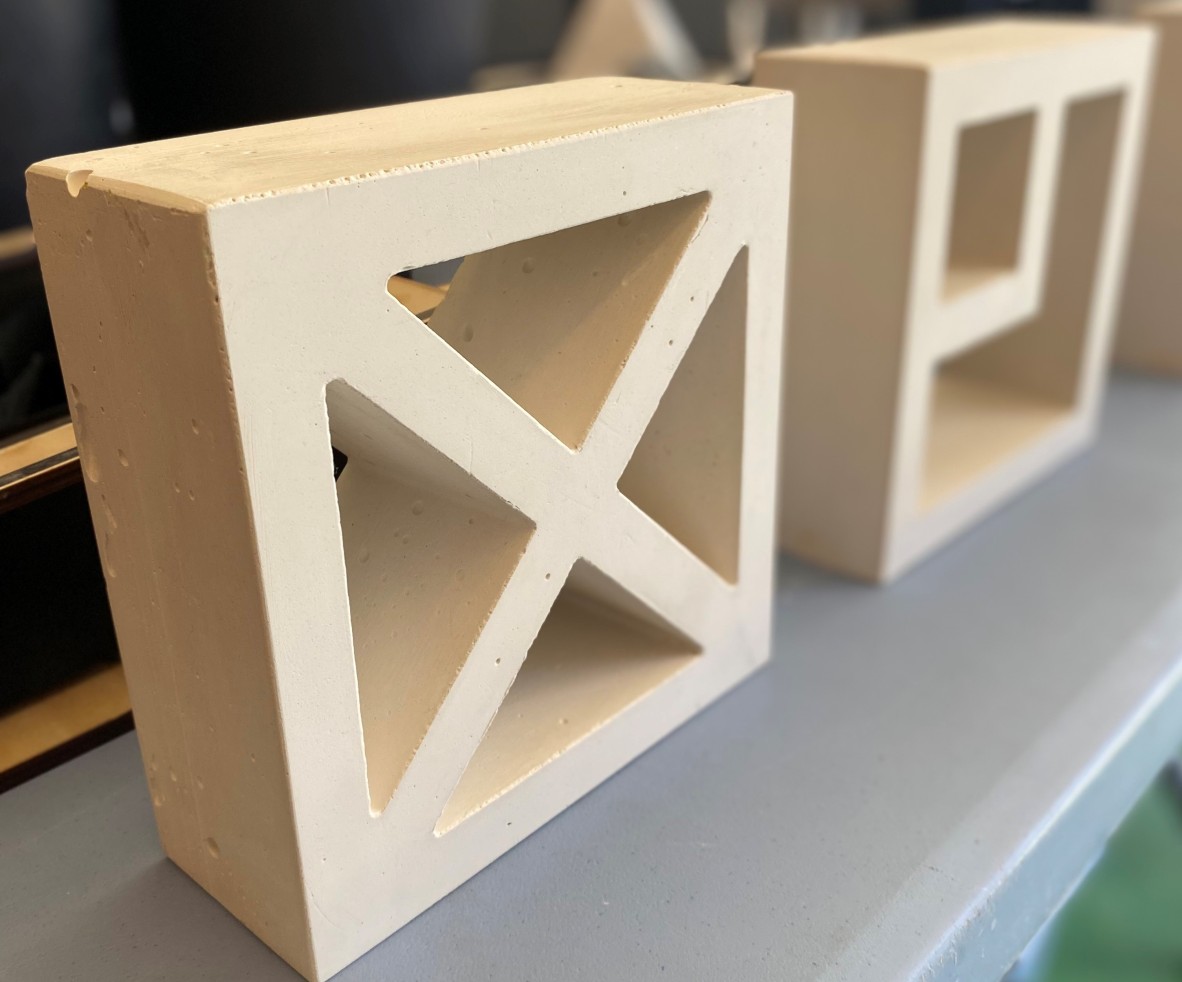
Inspired by the State Library's wonderful Built Heritage collection, our Design your own breeze block workshop focused on highlighting Queensland's love of the humble white breeze block.
Nine participants designed their custom breeze blocks which were then converted into a 3D printed mould and then used to pour plaster into for their one of a kind design. The two-part workshop produced some beautifully inspired breeze blocks and gave the makers an insight into converting traditional methods to tech driven solutions.
Stories of the new normal
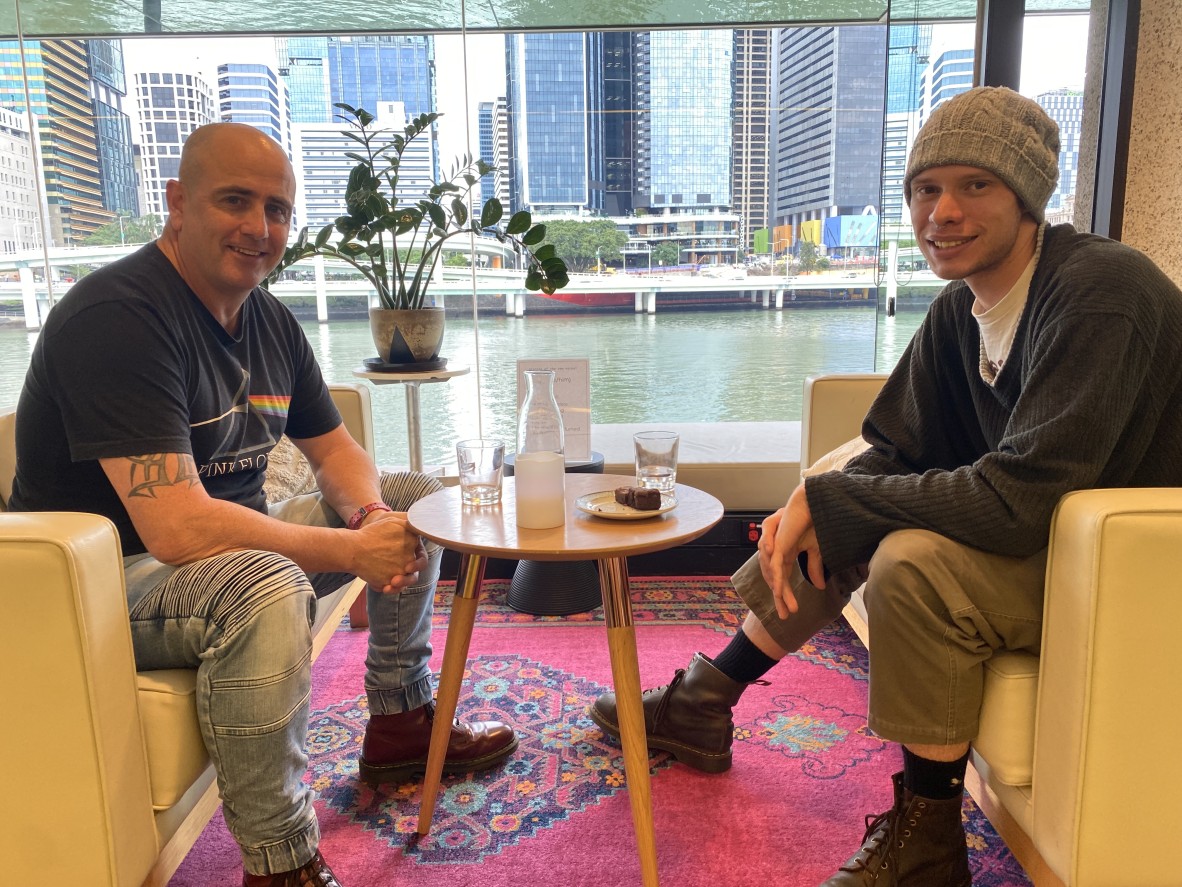
Over two weeks ten different people met up with various attendees to have a frank one-on-one conversation about their life. 33 conversations unfolded - with some of the following post-chat reflections:
- Meeting someone without any expectation that something had to be achieved. Practicing listening to the person, rather than having to intervene or provide solutions, or even feedback. Hearing someone making sense of their own world, but being vulnerable and open at the same time
- I gained a lot of insight into the reality of homelessness and domestic violence and how to support someone facing these challenges.
- The opportunity to have a structured, one-on-one conversation with a stranger that wasn't small talk, but focused around meaningful subjects, was a unique and extremely valuable experience that was very enriching.
- A face to face, invigorating conversation with a smart and interesting stranger. I learned lessons and reflected on myself.
- The opportunity to have 1:1 interaction with a stranger is rare, but to have an interaction where both parties are coming together willingly and openly to discuss those topics is even more rare. The intimacy allowed for such a genuine and honest sharing of stories to occur that has changed my perspective on so many things
Made today: Hack the evening
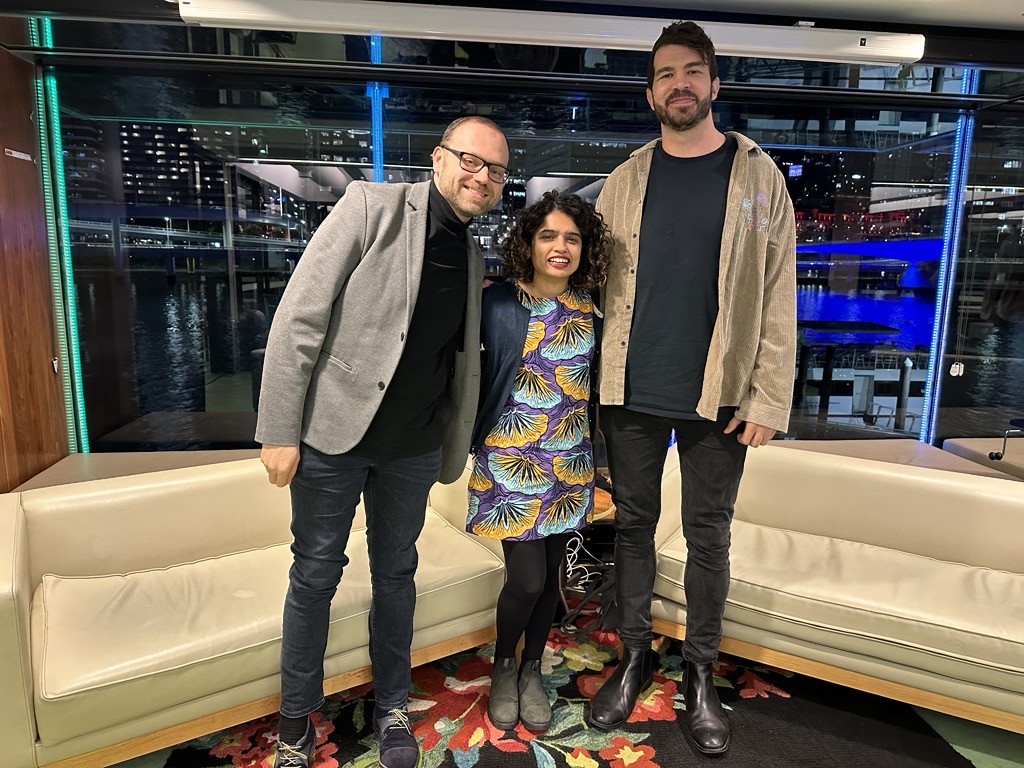
We combined both our long running meet up initiatives Hack the Evening and Made Today to create supercharged creative technology sessions. Over the two weeks of APAF, Made Today: Hack the evening focused on creative and immersive technology in place making and design with some very special guests.
On Thursday 15 June our guest was Steph Piper of GlowStitch LEDs. She is a creative technologist and creates her edutech products on the weekends that are sold globally. We heard Steph's story about product development and crowd funding and had a play with a sample of her product. Steph is based in Toowoomba and is the community engagement coordinator at University of Southern Queensland, running its library's maker space.
On Thursday 22 June we featured three Brisbane locals working with emerging and immersive technology. The discussion focused on the cutting edge of design, covering innovative and interactive experiences including artificial intelligence, virtual reality and augmented reality, and the role they play in place making and design.
Our guests were;
Dr Waldemar Jenek is an experienced researcher and educator specialising in the intersection of education, technology, and architecture. With a strong focus on computational technologies and their impact on architectural design, his research explores immersive environments, interactive computer graphics, and parametric design, connecting the digital and physical worlds.
Dr Kavita Gonsalves is an architect (India), researcher and strategist with 13+ years’ experience in trans-disciplinary projects of sustainable design, workplace design, design research, graphic design, architecture, urban design, and design strategy. Her PhD research titled “Radical Placemaking” explored the use of emerging technologies as tools for communities experiencing marginalisation, particularly during the lockdowns and restrictions of the COVID-19 pandemic, to engage in creative placemaking. Chatty Bench Project, TransHuman Saunter and Chatty Bench Festival Community Media Projections were the key PhD projects which emphasized city-making and Brisbane/Meanjin-based storytelling towards social sustainability goals of community connection and resiliency.
Nicholas Kamols is the immediate past Australian Young (Town) Planner of the Year. Through this, he was described as an innovative, passionate, highly motivated town planner who is redefining what it means to be part of the planning profession. He is currently doing a PhD at QUT about how emerging technologies impact the built environment, with a focus on the intersection of virtual and physical environments.
New Tech Display
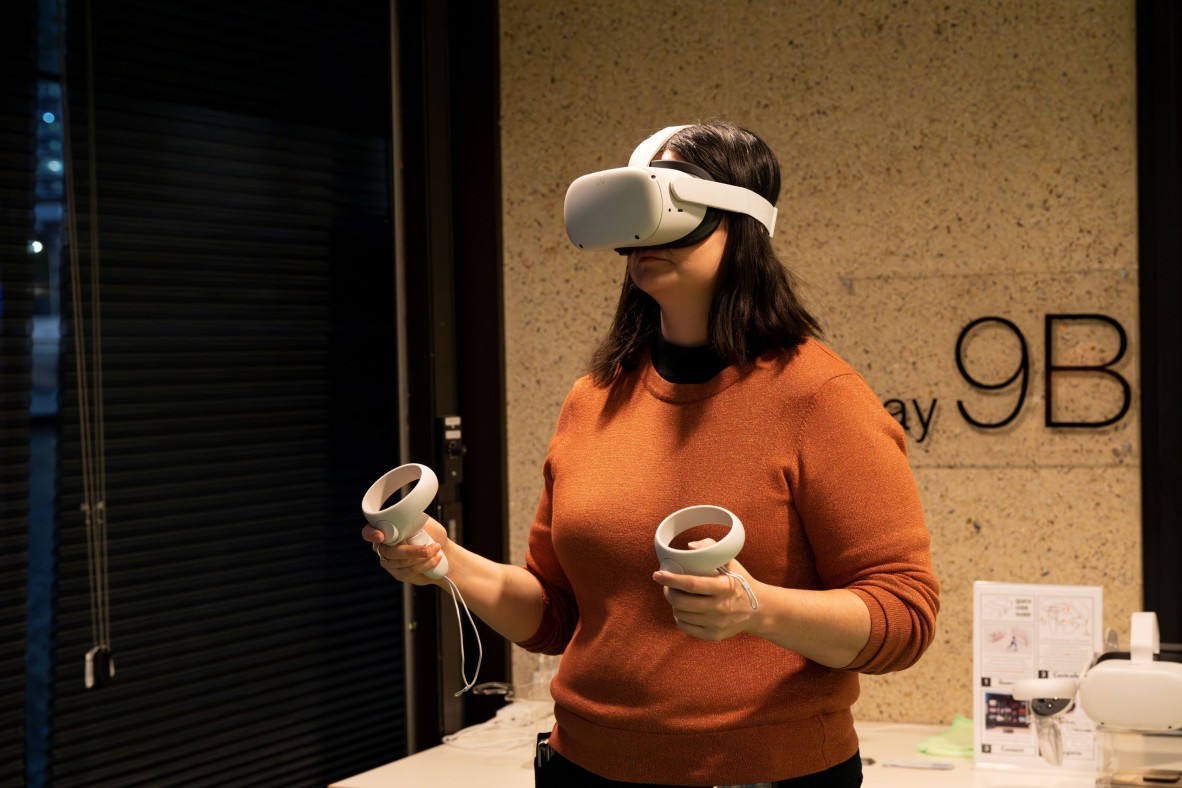
The new technologies window bay and see innovative and interactive experiences including artificial intelligence, virtual reality and augmented reality, and the role they play in place making and design.
The display featured a curated playlist of 360 videos by Dr Waldemar Jenek and the 3D modelling app for VR, Gravity Sketch.
The curated videos featured student work from Dr Jenek’s design course which focused on technological and digital interactive approaches to introduce students to virtual design environment tools such as virtual reality.
Students had to deal with questions such as: How to foster interaction in urban space? How to employ media in architecture? What is media architecture?
Students were provided with a list of potential architectural objectives and the results are interactive and engaging media architecture installations, which can be experienced in virtual reality.
Accessibility Design Forum: you CAN ask that!
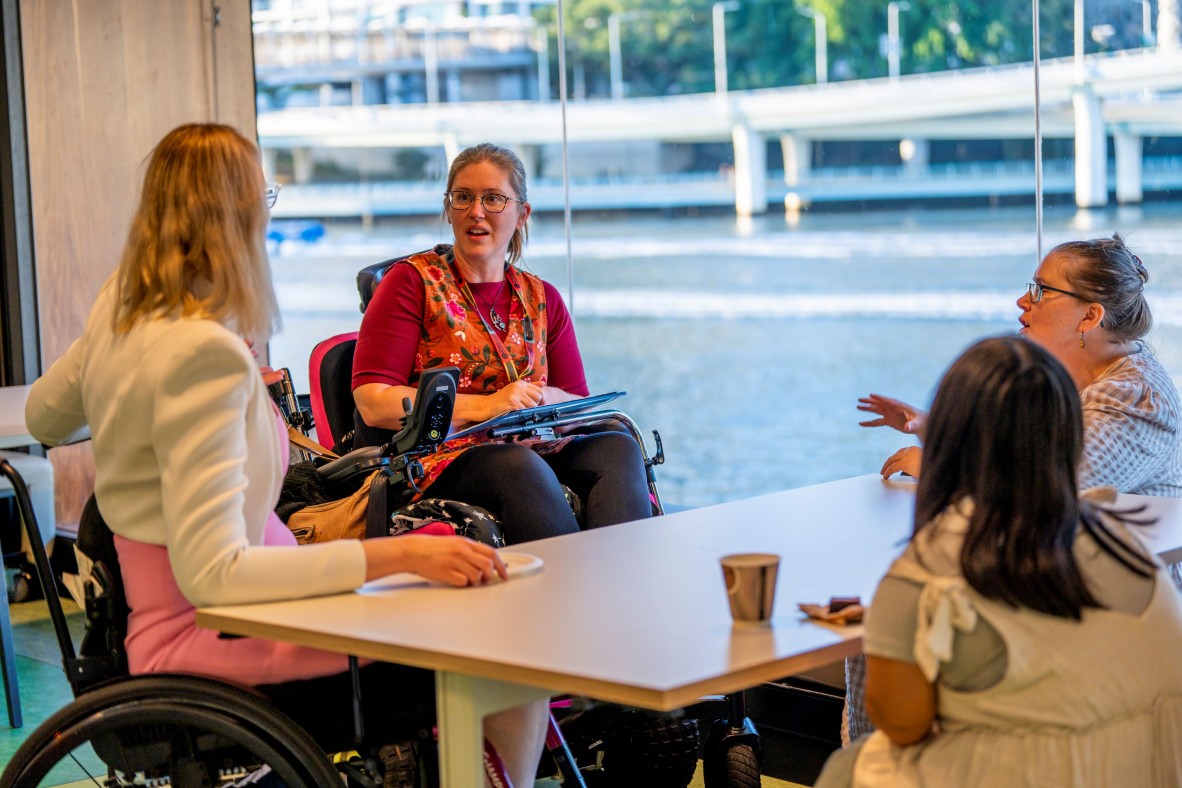
On Tuesday 13 June over 90 people gathered at The Edge Auditorium to hear from a panel of six people with a lived experience of disability and accessibility design. The event was driven by the audience asking questions and posing ideas about accessibility design.
Panel: Dr Beth O'Brien (facilitator), Lorraine Mulready, Uncle Willie Smith, Kathryn Lyons, Brendon Donohue and Karni Liddell
You can watch the entire event online here
View images from the event here
And if you want to read the over 75 questions and ideas posed at the event email appliedcreativity@slq.qld.gov.au
Climate futures and the built environment
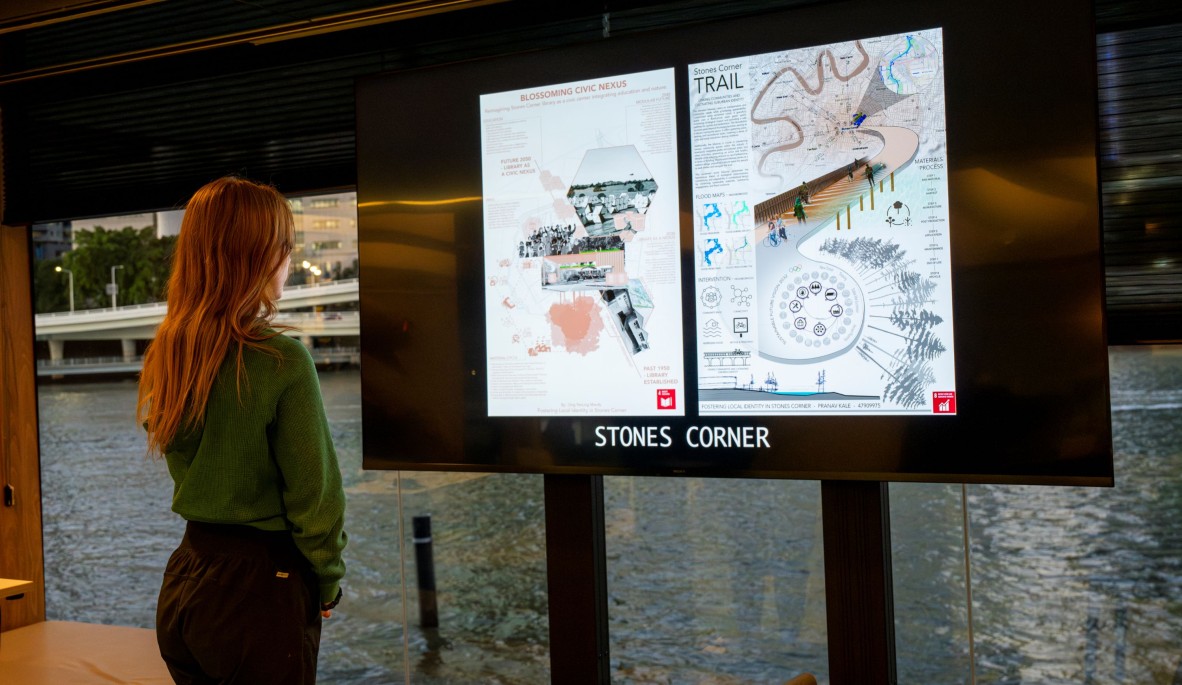
We were lucky to have the opportunity to display the work of University of Queensland students at The Edge for APAF.
Climate Futures is a newly introduced research course within the Master of Architecture program at the University of Queensland. Students in this course have collaborated on a range of design research methods to explore how built environment design can respond to the challenges posed by climate change and biodiversity loss.
The objectives of each individual project are interconnected through collective sustainability strategy timelines, which aim to foster community resilience and achieve key Sustainable Development Goals for Brisbane, now, and into the future.
Design Finds: Black Gloves Experience
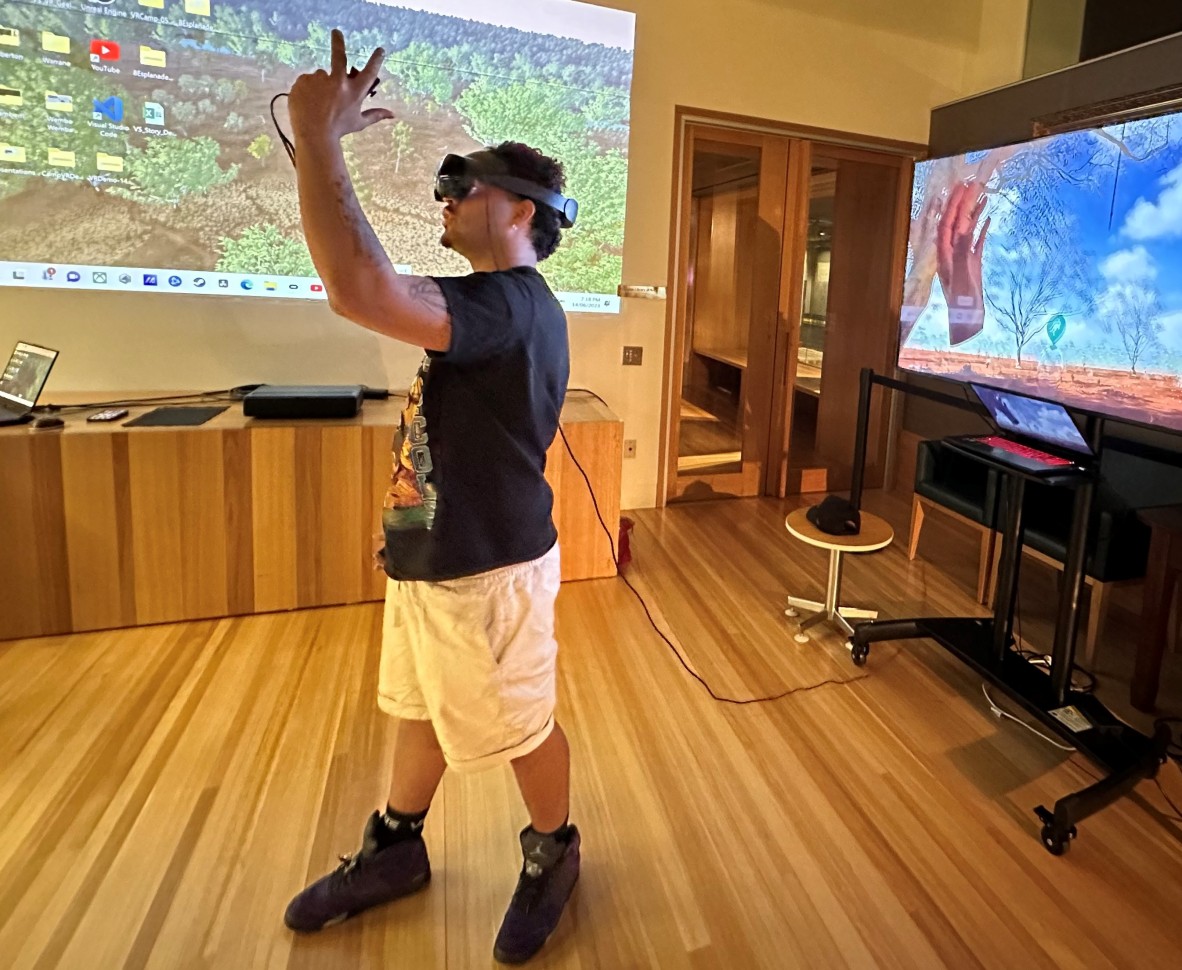
Over two nights, attendees examined First Nations collection items that influenced Brett Leavy’s virtual heritage time machine, Virtual Songlines in an intimate black gloves experience at State Library. Brett was joined by librarian Tania Schafer.
Brett creates software for visualizing heritage landscapes for PC, Augmented Reality, and Virtual Reality and contributes to conservation and environmental management using First Nations research methodologies. He works to apply environmental policy, community engagement, and enable First Nations people better manage their continuous connection to culture.
Comments
Your email address will not be published.
We welcome relevant, respectful comments.